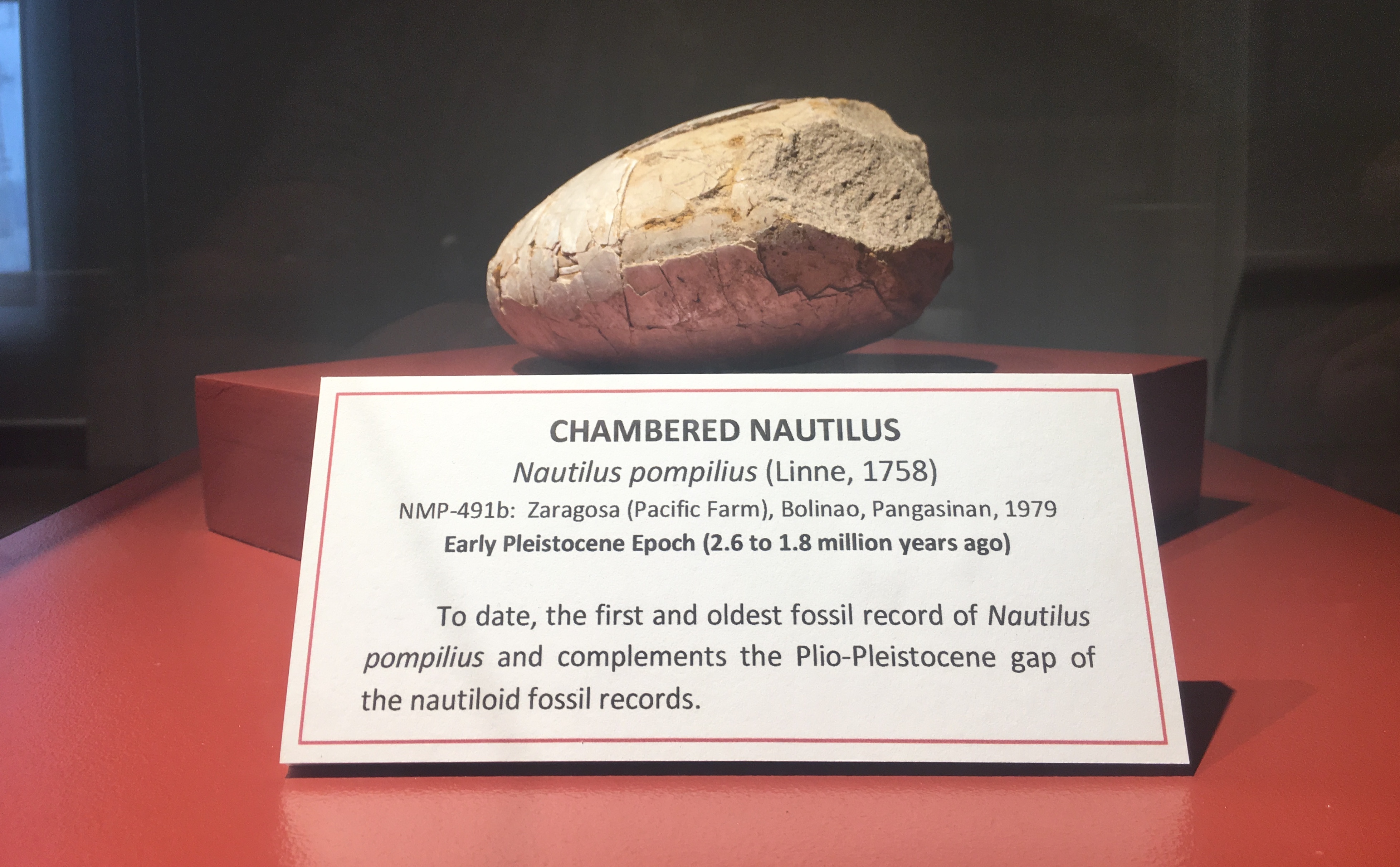|
Stroboceras
''Stroboceras'' is an extinct genus of nautiloids named by Hyatt in 1884 that's included in the nautilid family Trigonoceratidae; the group that have rise to the Nautilidae The nautilus (, ) is a pelagic marine mollusc of the cephalopod family Nautilidae. The nautilus is the sole extant family of the superfamily Nautilaceae and of its smaller but near equal suborder, Nautilina. It comprises six living species in t ... which includes the living '' Nautilus''. ''Stroboceras'' is characterized by a loosely coiled evolute shell bearing prominent longitudinal ridges and grooves; with a variable cross section, generally higher than wide, flanks convergent on the venter, and a subcentral siphuncle. References * Barnard , 1957. Nautiloidea-Nautilida. Treatise on Invertebrate Paleontology, Part K. Geol. Soc. of America and Univ. Kansas Press. Sepkoski's cephalopd genera Prehistoric nautiloid genera {{paleo-Nautiloidea-stub ... [...More Info...] [...Related Items...] OR: [Wikipedia] [Google] [Baidu] |
Trigonoceratidae
The Trigonoceratidae is a family of coiled nautiloid cephalopods that lived during the period from the Early Carboniferous (Mississippian) to the Early Permian. Diagnosis Trigonoceratidae comprise members of the order Nautilida characterized by a loosely coiled to evolute shell generally bearing longitudinal ribs or ridges with a whorl section that is oval to subquadrate and varying from compressed (squeezed) to depressed (flattened). (Kummel 1964) Classification and phylogeny Taxonomic position The Trigonoceratidae along with four other related families are combined in the Superfamily Trigonocerataceae in the Treatise,(''ibid'' Kummel) a superfamily. They are also the Triboloceratidae (Flower and Kummel, 1950) which form the Tribolocerataceae within the Centroceratina of the Osnovy according to Shimansky. The Trigonocerataceae and Centroceratina are essentially equivalent as are the Trigonoceratidae and Triboloceratidae. Derivation The Trigonerceratidae were derived from ... [...More Info...] [...Related Items...] OR: [Wikipedia] [Google] [Baidu] |
Nautiloid
Nautiloids are a group of marine cephalopods ( Mollusca) which originated in the Late Cambrian and are represented today by the living ''Nautilus'' and '' Allonautilus''. Fossil nautiloids are diverse and speciose, with over 2,500 recorded species. They flourished during the early Paleozoic era, when they constituted the main predatory animals. Early in their evolution, nautiloids developed an extraordinary diversity of shell shapes, including coiled morphologies and giant straight-shelled forms (orthocones). Only a handful of rare coiled species, the nautiluses, survive to the present day. In a broad sense, "nautiloid" refers to a major cephalopod subclass or collection of subclasses (Nautiloidea ''sensu lato''). Nautiloids are typically considered one of three main groups of cephalopods, along with the extinct ammonoids (ammonites) and living coleoids (such as squid, octopus, and kin). While ammonoids and coleoids are monophyletic clades with exclusive ancestor-descendan ... [...More Info...] [...Related Items...] OR: [Wikipedia] [Google] [Baidu] |
Nautilida
The Nautilida constitute a large and diverse order of generally coiled nautiloid cephalopods that began in the mid Paleozoic and continues to the present with a single family, the Nautilidae which includes two genera, ''Nautilus'' and '' Allonautilus'', with six species. All told, between 22 and 34 families and 165 to 184 genera have been recognised, making this the largest order of the subclass Nautiloidea. Classification and phylogeny Current classification The current classification of the Nautilida, in prevalent use, is that of Bernhard Kummel (Kummel 1964) in the Treatise which divides the Nautilida into five superfamilies, the Aipocerataceae, Clydonautilaceae, Tainocerataceae, and Trigonocerataceae, mostly of the Paleozoic, and the later Nautilaceae. These include 22 families and some 165 or so genera (Teichert and Moore 1964) Other concepts Shimansky 1962 (in Kummel 1964) divided the Nautilida into five suborders, the mostly Paleozoic Centroceratina, Liroceratina, Ru ... [...More Info...] [...Related Items...] OR: [Wikipedia] [Google] [Baidu] |
Nautilidae
The nautilus (, ) is a pelagic marine mollusc of the cephalopod family Nautilidae. The nautilus is the sole extant family of the superfamily Nautilaceae and of its smaller but near equal suborder, Nautilina. It comprises six living species in two genera, the type of which is the genus ''Nautilus''. Though it more specifically refers to species '' Nautilus pompilius'', the name chambered nautilus is also used for any of the Nautilidae. All are protected under CITES Appendix II. Depending on species, adult shell diameter is between 4 and 10 inches. Nautilidae, both extant and extinct, are characterized by involute or more or less convolute shells that are generally smooth, with compressed or depressed whorl sections, straight to sinuous sutures, and a tubular, generally central siphuncle.Kümmel, B. 1964. Nautiloidae-Nautilida, in the Treatise on Invertebrate Paleontology, Geological Society of America and Univ of Kansas Press, Teichert and Moore eds. Having survived relatively ... [...More Info...] [...Related Items...] OR: [Wikipedia] [Google] [Baidu] |
Nautilus
The nautilus (, ) is a pelagic marine mollusc of the cephalopod family Nautilidae. The nautilus is the sole extant family of the superfamily Nautilaceae and of its smaller but near equal suborder, Nautilina. It comprises six living species in two genera, the type of which is the genus '' Nautilus''. Though it more specifically refers to species '' Nautilus pompilius'', the name chambered nautilus is also used for any of the Nautilidae. All are protected under CITES Appendix II. Depending on species, adult shell diameter is between 4 and 10 inches. Nautilidae, both extant and extinct, are characterized by involute or more or less convolute shells that are generally smooth, with compressed or depressed whorl sections, straight to sinuous sutures, and a tubular, generally central siphuncle.Kümmel, B. 1964. Nautiloidae-Nautilida, in the Treatise on Invertebrate Paleontology, Geological Society of America and Univ of Kansas Press, Teichert and Moore eds. Having survived rel ... [...More Info...] [...Related Items...] OR: [Wikipedia] [Google] [Baidu] |
